Back in 2018 I made a memorable trip up to the far northwest of Scotland to an area called “Assynt”. This is a remarkable part of the world. It is quite remote, with a few scattered settlements, and full of epic mountains, spectacular coastlines and deep lochs. It was an ideal opportunity to do an in-depth test of my Leica CL with the TL 18-56 and 55-135 lenses. This is Part Three, and the final test of reviewing the Leica CL and lenses.
Part three in the series about testing the Leica CL in Scotland
| This 3-part series was written in 2018 and predates both the arrival of the M11 and the demise of the much-loved CL. In retrospect, it makes a strong case for APS-C having a continued place in the Leica range. Even 7 years later it’s still far too good to simply fall into oblivion. The quality of the images are a testament to that. For those who hung onto their CLs, there is proof positive every time you press the shutter. |
The story continues
Here then is the third and Final Test of the series (Part 1: Road Test. Part 2: Field Test.) to provide something of a retrospective of the remarkable images that this lightweight and compact camera setup can produce.
What are we good for?
The rather obvious thrust of this review is landscape photography, not portraits, not “street”, not studio. The CL concept is ideal for landscaping in my view. Excellent image quality, great native lenses, in particular the zooms that give nothing away to Leica M primes at landscape apertures. All in all, a lightweight and very tactile and well-built package that passes the final test, but not with a perfect flying colours.
A new twist on the final test
Having said that, last night skies were fairly clear, so I thought I’d try a spot of astrophotography from inside my bedroom. No point going outside if you don’t have to! For this, I put a 24mm Summilux-M lens on the CL, set it to f/2 and had a bit of a play.
Testing performance to the limits
This seemed to be remarkably successful. I don’t think the 18-56 TL zoom is fast enough for this sort of thing as you really need to keep the shutter speed under 15 seconds to keep stars sharp. With the 18-56, you’d end up with a slower shutter speed or an uncomfortably high ISO. As it is, the CL performs very well at ISO 1600. OK, it’s not a Sony A7S or Nikon D850, but…it’s totally excellent at 12 sec and ISO 1600 and f/2, and it’s easy to zoom in to check focus, get the exposure right etc.
Anyway, enough about astrophotography. Had the aurora been on show it would be a different story, but it wasn’t, unfortunately.
Getting ahead of the weather
Back to landscape. Today was a GREAT day. For the first day of my week up here the weather was on my side. The plan was to get up at 5 am, head out at 5:30 am with my pal Gordon, and climb one of the fantastic mountains that litter the area.
On arrival at the little car park beneath the Quinag (pronounced “Cooniag”) mountain range at 6 am, we got kitted up, head torches on, and started up the trail. Climbing Scottish mountains in the winter in the dark is not a game, so we were very well prepped with proper gear, spare batteries, map, compass, survival goodies and suchlike.
Not so fast — it’s snowing
As we made our way up in the dark, it started to rain. As we got higher it started to snow. This was definitely not in the forecast. Snow up high is not good, and from what we could see it looked like there was low cloud coming in.
I was pondering calling it all off, but as we progressed the snow stopped, and we saw some light patches through the cloud. Things were looking up. After a 2.5-hour slog, including some rather difficult parts through slippery boulder fields, we hit the first summit just as the sun was coming up. Game on.
Essentials for the final test
As well as the CL, I had the 18-56 and 55-135 lenses with me. The 55-135 stayed in the bag for the duration, with the 18-56 handling everything. It really is an excellent lens. I mostly used a Lee Seven5 ND 0.6 graduated filter, and occasionally a polariser, during the trip today.
Being really cold (I’d say -3C), the CL noshed its way through its battery faster than when the temperature is more sensible. I got 86 shots and had one bar of battery left today. The camera was out all the time rather than in a rucksack. So, bear this in mind. I did have a spare battery with me, tucked away somewhere warm. I should have had two spare batteries, but I dropped one at the back of the car and then ran over it the day before, crushing it to mushy oblivion.
Back to the mountain. After some scrabbling around looking for compositions (very difficult as the first summit was really quite a mess of boulders and rubble) we dropped into a little saddle, then up the other side to the summit of Spidean Coinich which is just under 800m at the top.
A climb with its own reward
The view from up there was astounding, and the weather was still playing ball with views in all directions. As you can see above, Assynt is peppered with large and small lochs. In the distance is the fishing village of Lochinver, home to the Pie Shop where we rewarded ourselves after completion of our exploits.
Oh, yes, this is a camera review, not a pie shop review, so let’s get back to the Leica. A few more niggles about the CL have emerged. One is that the focus mode seems to inexplicably change from “Field” to “Touch AF” for no apparent reason. I could be prodding something while not really using the camera. I know that it does it consistently if I connect the camera to the CL app on an iOS or Android device. But it also occasionally does it when I’m out and about. This is rather weird, and I haven’t fathomed the reason yet.
On a related topic, when in “Field” focus mode, I occasionally find the focus point in a different place to where I left it. I think that this is due to the rear four-way controller getting actuated when the camera is in my bag and not switched off (I usually let it go to standby rather than physically turning it off). I am happy to put this issue down to user error.
Quirky touches
And the CL has a touch screen. I had completely forgotten about it. I never use it, but it doesn’t seem possible to completely disable it. I’d like to be able to completely disable it please Leica. I suspect it may be the cause of the focus mode and focus point location oddness.
Lastly on the subject of weird niggles, the camera file numbering rolled over from 999 to 1000.
The filename went from C1000999 to C1001000. But the next frame was C1010000, with an extra zero appearing by magic. This is very strange. I suspect this is a firmware bug which I shall report on the Leica Camera forum.
Reviewing images from the final test
Having spent a week intensively processing 500+ images, I can report that the flexibility of the CL DNG files to often ham-fisted editing is excellent. Shooting at ISO 100, there’s plenty of latitude in the files to push shadows and blacks up from areas that look like they should not be rescued. Highlights aren’t quite as flexible — once they’re blown, they’re blown, as you probably know, so I usually erred on the side of slight underexposure. In the final test, you can discover the limits of what the CL can do.
Another interesting thing is that there’s still no dust on the sensor. On my M10 I’d have lots of annoying dust spots by now. The CL doesn’t have any sensor cleaning tech on board, so I think I can attribute this to two things. Firstly, I change lenses quite rarely due to the flexibility of the 18-56 zoom, which provides just about all the range of the 3 M-lenses I had used on my M10. Secondly, the sensor is smaller, so there is less of it for dust to land on. Whichever the reason is, I like the result.
In conclusion then, I’ve tried to be brutally honest with this review. There are a few issues with the CL, but in the final test they are relatively minor and don’t detract from the overall excellence of the camera. I only used my M-lenses once, so I’ll probably sell all but the 24 Summilux. I remain very impressed by the 18-56 and 55-135 zooms.
A minimalist setup that works
The rarely used 55-135 was easy enough to pop into the bag and take with me just in case. As a 2-lens kit, these two lenses are ideal for the CL. Sure I’d like something faster, but that comes with size and weight. I don’t think I need the wider zoom — I didn’t have any situations that necessitated anything wider than the 18mm can offer me.
The CL is small, very well-made, with excellent image quality and really very impressive native lenses. For this sort of travel/landscape photography, it is an ideal companion. It’s true that you don’t feel as connected with the image taking process as you do with an M camera. This is a highly subjective thing, but it’s a thing, nonetheless.
But the upside of the CL outweighs the loveliness of the M and for me passes the final test. Your mileage may vary.
To finish off, a trip like this is so much more than the images that result. This is the joy of photography. To get images like the ones in this series, you need to go to incredible places and see spectacular things, and the rewards are the experiences you have, some of which you document through photography. Northwest Scotland in winter is gorgeous. Go there. Thanks for reading.
After the final test seven years ago, what happened to my Leica CL?
It was my go-to camera for about five years, but I could see the writing on the wall from Leica regarding discontinuing the line. No new dedicated lenses — always a red flag. The success of the Leica Q series pointed to where Leica would be focusing their time and effort, and it was clear to me that the quirky but lovely CL would not have a place in Leica’s future.
I realised that I had some particular requirements for nighttime photography and needed a better, larger sensor and faster lenses. So I traded my CL and lenses for a Sony A7III and 16-35 2.8 which I used extensively in my book Skye At Night.
As I note in my review, the Sony is a love-less ergonomic nightmare compared to the CL and pretty much any other Leica, but I required a tool to get the job done, which is what it is.
The Leica CL final test summary:
Four things struck me about the CL: Simplicity, build quality, portability, and quality. I found the two zoom lenses and the CL body made for an absolutely superb travel and landscape photography setup. That was my main use for it anyway. It could do equally well for portraits if that was your thing, and I reckon would be OK for street when paired with, for example, a manual focus Leica-M lens. It’s not really for action sports.
People likened the CL to a “mini-M”. I don’t think that’s too far-fetched. Sure the sensor is smaller, but it still carries the Leica philosophy of very high quality in all regards, and the body shape is very reminiscent. The fact that you can pop an M lens on there (with an adaptor) makes the analogy even stronger.
It gave my M lenses a new lease of life, particularly the 90mm Summicron-M AA which I could focus very effectively with the CL’s electronic viewfinder. The only downside if the 1.5x crop factor that made the 90mm an effective 135mm, which is worth considering.
It is a shame that Leica has discontinued their crop-sensor cameras. I bought a Leica T for about £300 brand new some years back — what a beautiful, gorgeous, stunning piece of engineering that was. I found myself running a two-body setup, with the 55-135 lens on the T and the 18-56 on the CL. Let’s face it, swapping lenses sucks, and a two-body setup that is lightweight and a pleasure to use is a definite plus.
You never quite let go
As I sit here writing this on the Isle of Skye I find myself looking at CL bodies online (I use usedlens.co.uk a lot in the UK for finding second hand gear) and see they are holding their value quite well. This is a good sign of a quality camera.
Yes, there are other, arguably much more advanced, cameras out there that you can pick up for less money. But they will lack the simplicity of the user interface and the focus on user experience that the Leica CL gives you. Let’s face it, the CL is a very effective gateway drug to the hard stuff — the M and Q (and even the SL).
I now have a Leica Q3 which, with its 60MP sensor, provides a very usable 28-75mm range in a single compact (ish) body. I also have a Sony A73 and a few lenses. That’s unfortunate as it is a horrible camera to use, but the image quality for nightscape imagery is annoyingly good. I also have the tiny Ricoh GRIIIx HDF for ultimate portability when even the Q is too big. Would I go back to a CL? Probably not now as I’ve got the gear to do what it does; however, I am very tempted by a Leica TL2 in silver….
I hope you’ve enjoyed this retrospective of the CL. I remember every photograph I took with mine, and selling my M10 to get the CL was definitely a good move.
Links
Articles from Andrew Tobin on Macfilos:
More about the Leica CL on Macfilos:
Make a donation to help with our running costs
Did you know that Macfilos is run by five photography enthusiasts based in the UK, USA and Europe? We cover all the substantial costs of running the site, and we do not carry advertising because it spoils readers’ enjoyment. Every amount, however small, will be appreciated, and we will write to acknowledge your generosity.

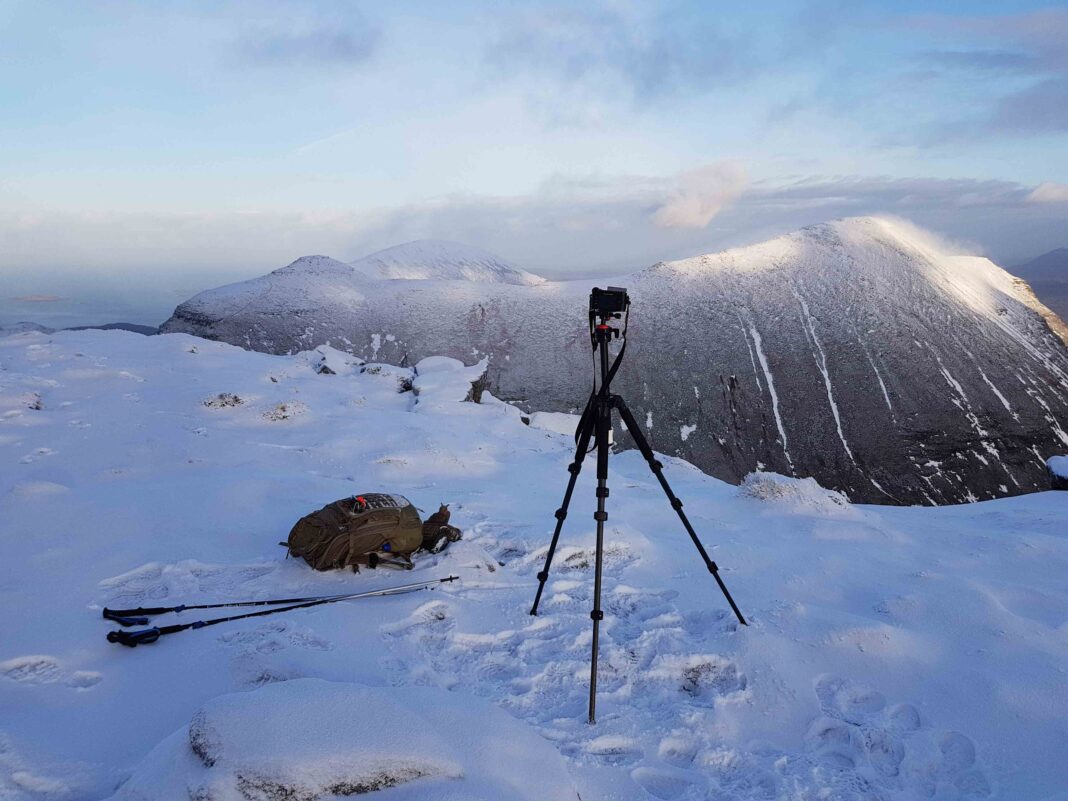
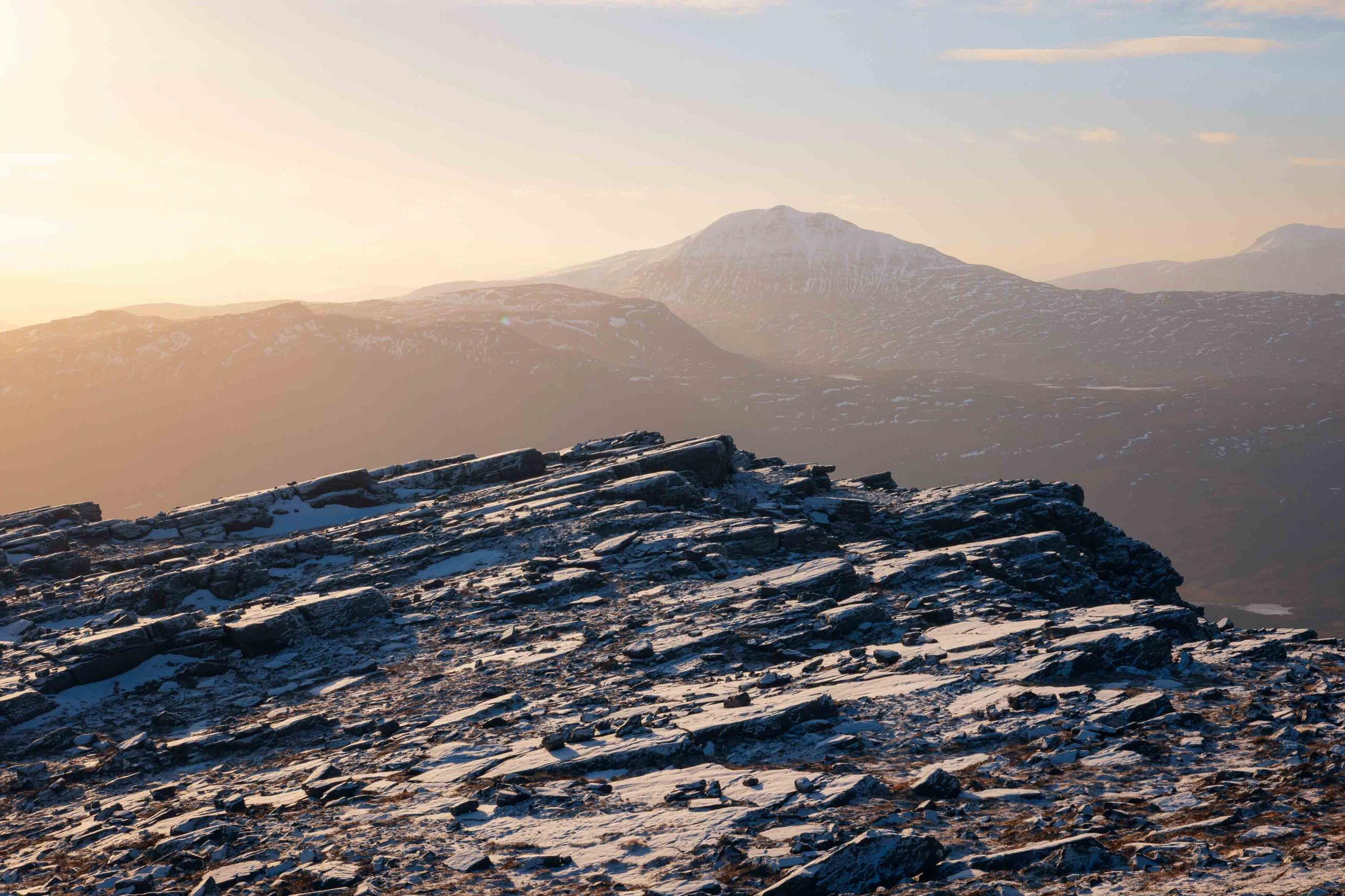
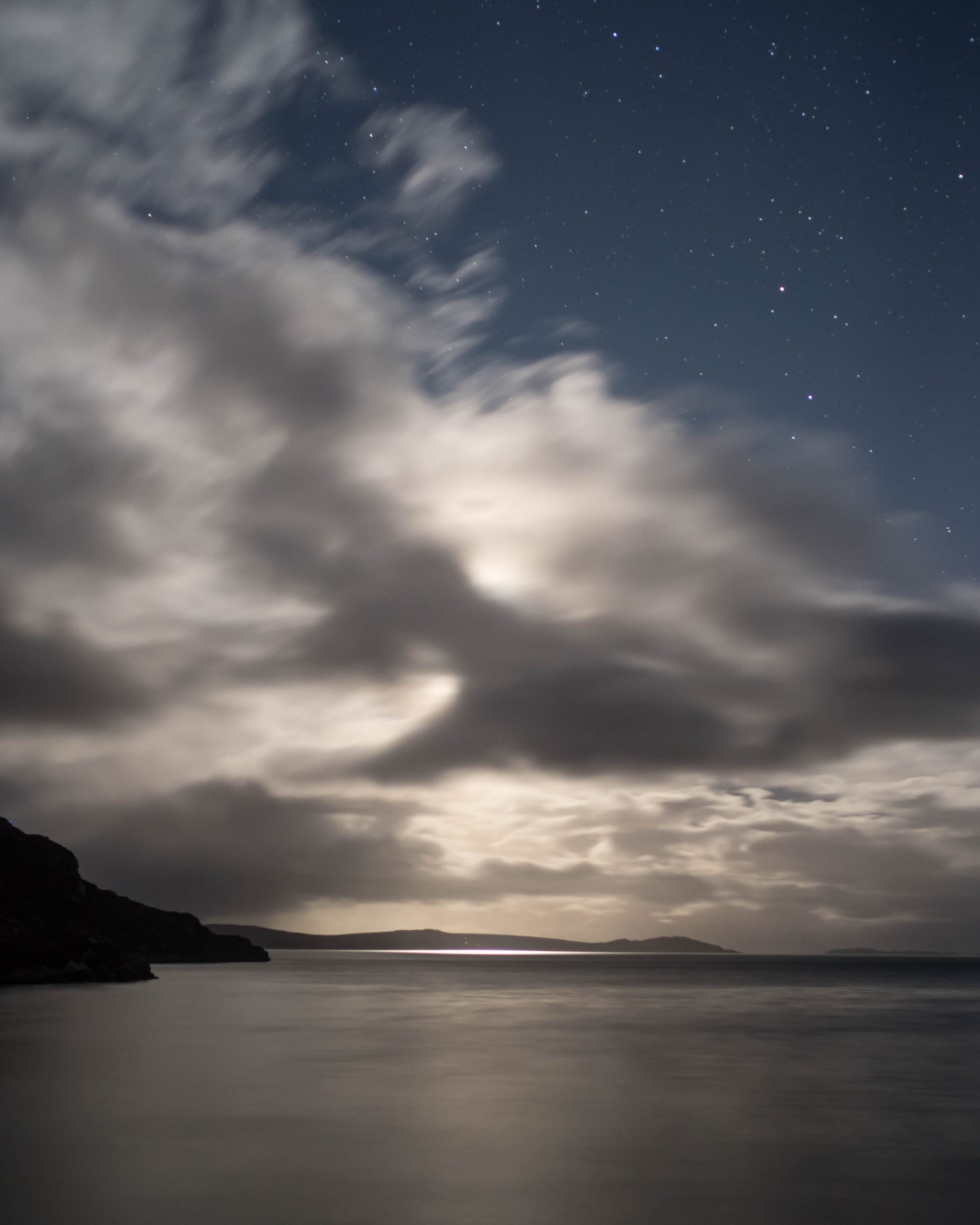
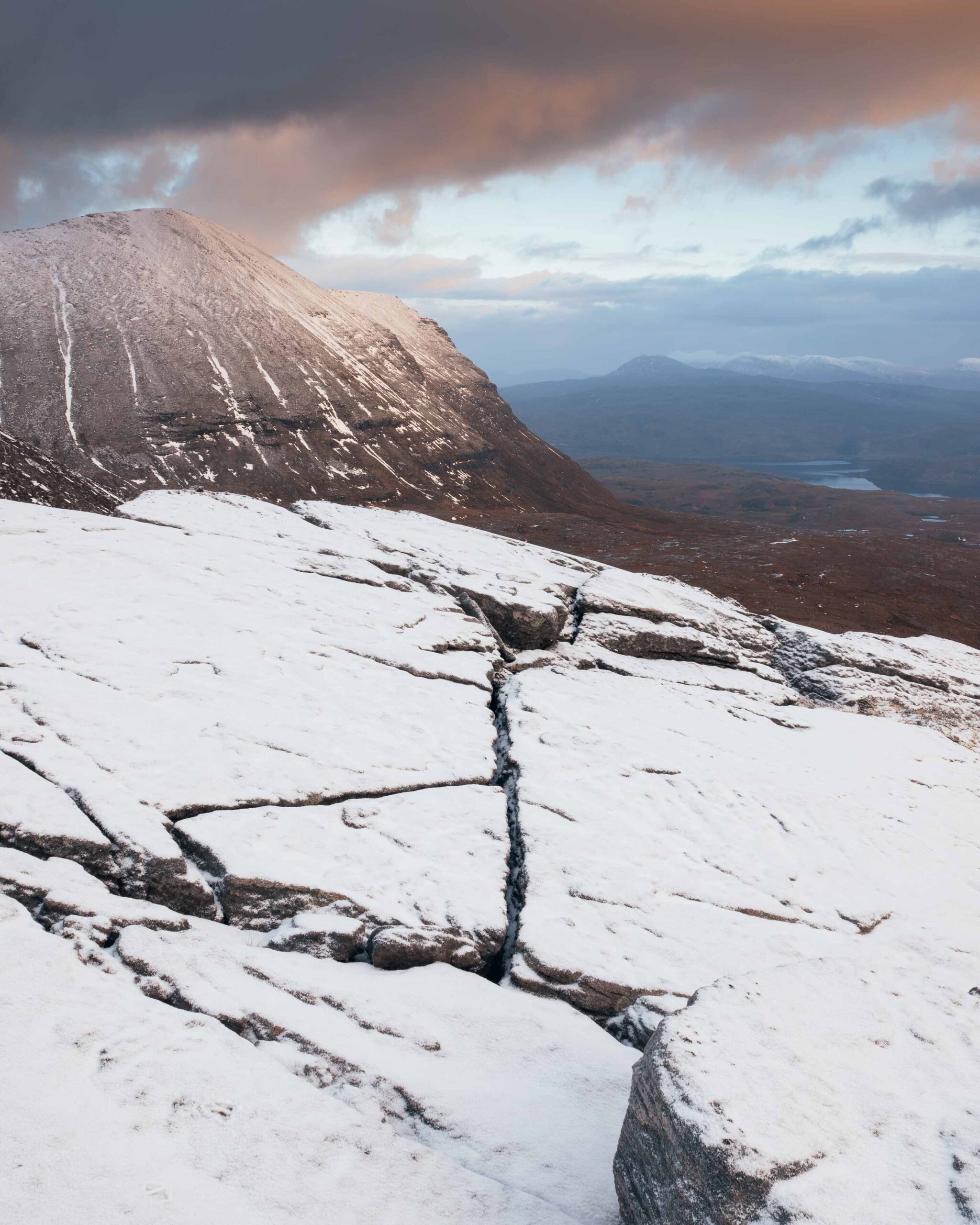
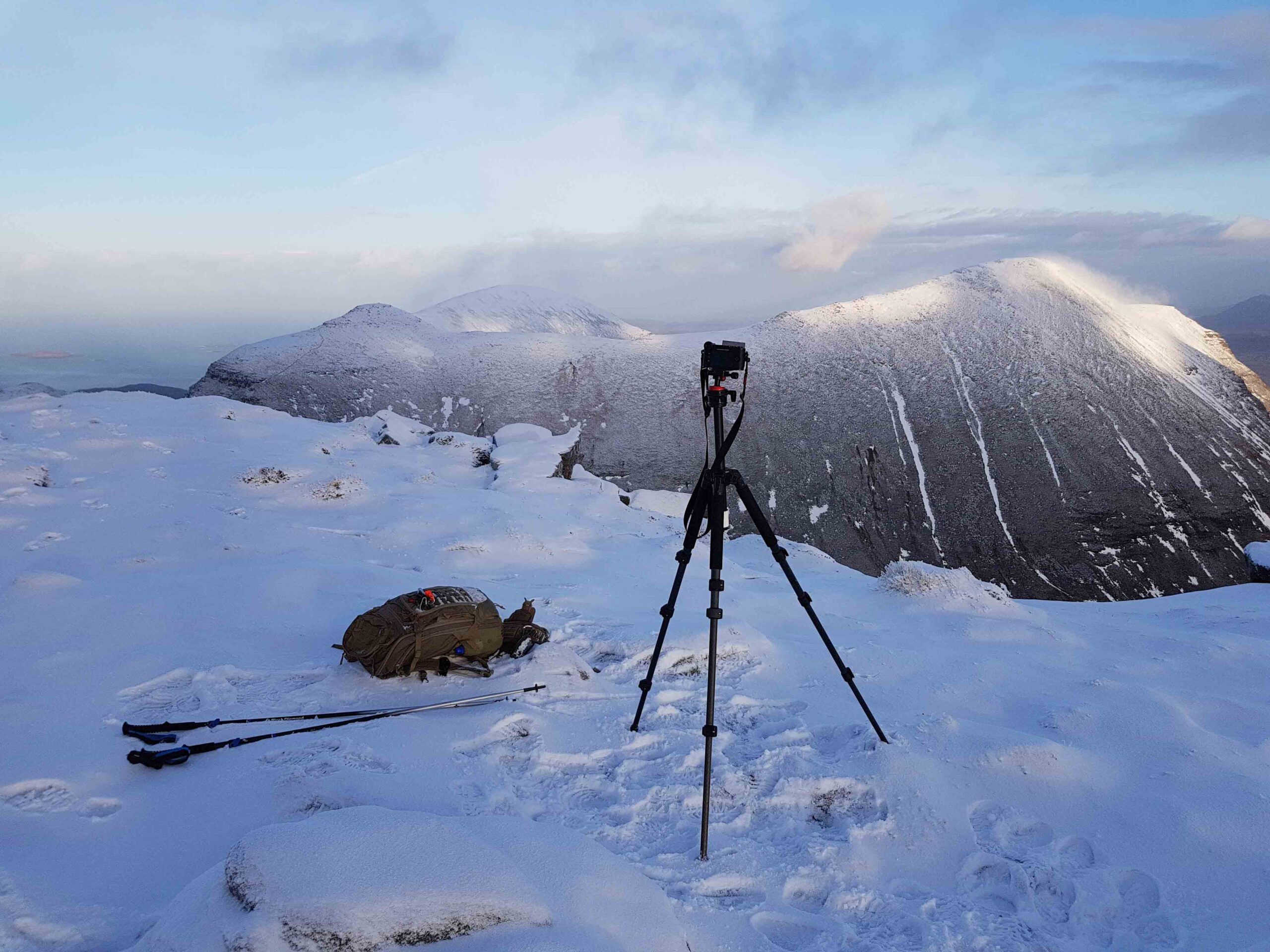
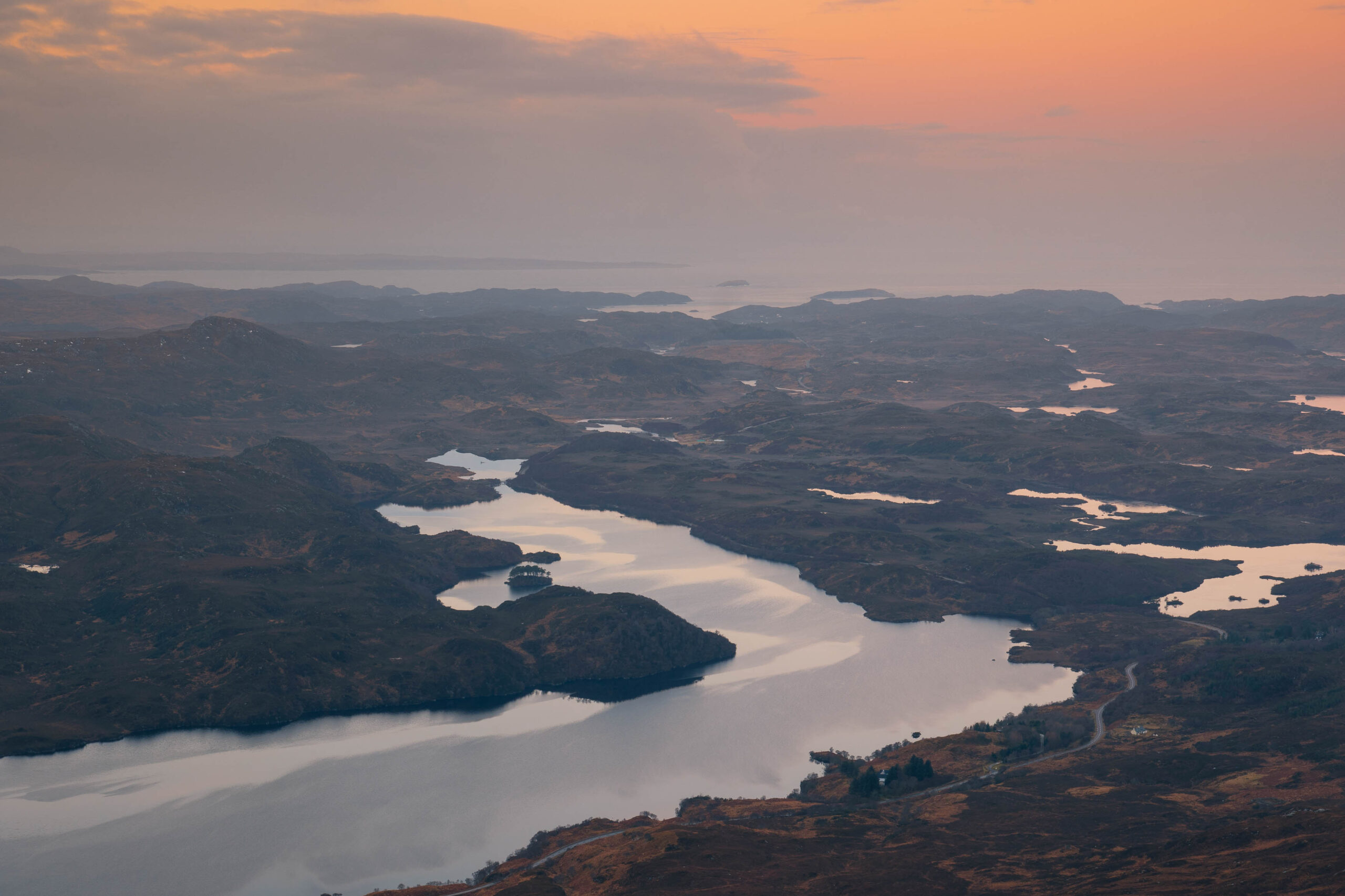
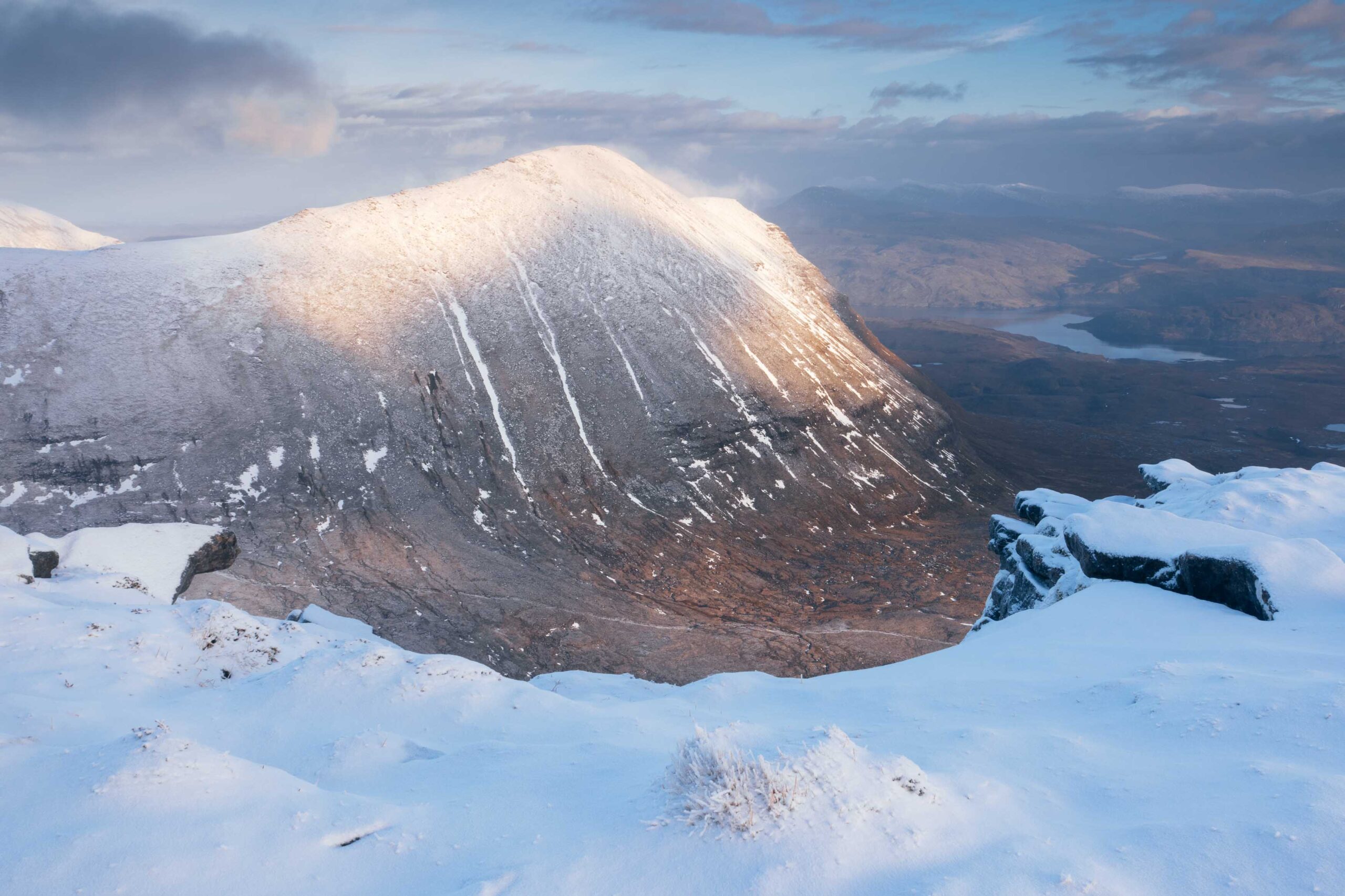
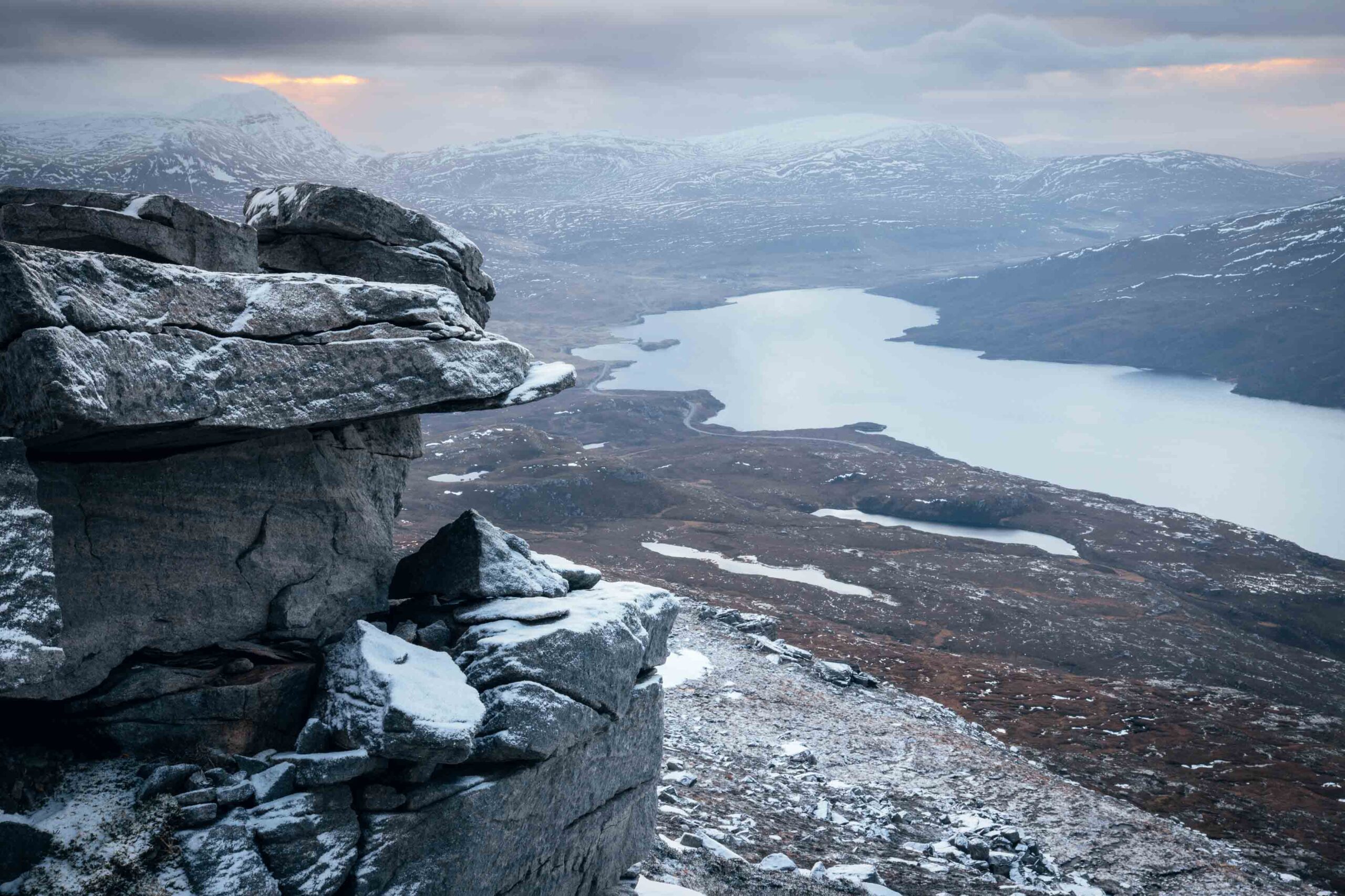
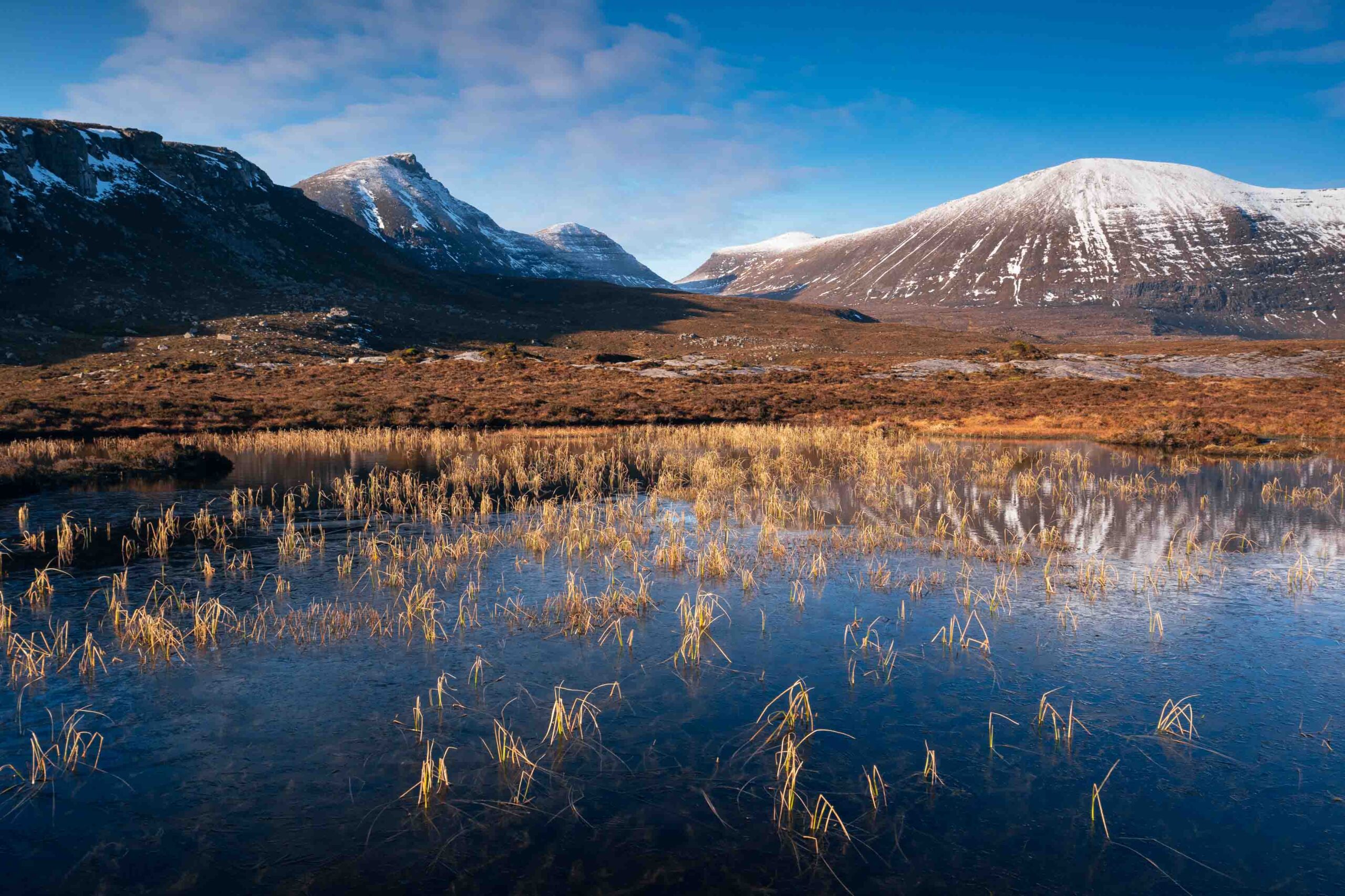
Brilliant article summing up the wonderful CL well. I have an M10 as well but over the past few years the M10 is coming out less and less.
I’ve almost sold the CL a number of times but could never bring myself to do it.
SL too heavy, Q non interchangeable lens.
With the CL I get light weight, excellent build quality and superb images.
I own 2 CL’s and love them. Particularly with the 11-23mm. Funny thing is I didn’t even know they have a touch screen…
Touch screen was introduced by a firmware update. I suggest you check the firmware status of both bodies because there were some useful improvements .
Both my CL’s are on firmware 4.1.
I think like you I had just never used the touch screen and forgot it even existed.
I use multipoint focussing so the wandering focus point thing just doesn’t apply.
Nice to read a realistic opinion of this camera. The CL is not perfect but I still wish Leica had persevered with a CL2, everyone I know who owns one loves it and the used price is holding up better than the SL’s are.
It is a shame they didn’t keep the crop sensor line going, but I guess it would have meant a whole load of duplicate production facilities and components alongside the full frame lineup.
The small, light and high quality setup was definitely a winning combo in my mind.
I think Panasonic is showing how a single camera body can serve multiple purposes, for example the M4/3 G9 II and full frame S5 II are near identical. Likewise the recently released trio of S1R II, S1 II and S1 IIE, same body three different sensors. So why not an APS C sensor in an SL3 body and still get the benefit of the much smaller, but excellent quality lenses. SL3, SL3S and SL3C. By the way your original articles on testing the TL 55-135mm lens convinced me to re-enter the world of Leica. In spite of the demise of the CL, I haven’t regretted it at all. I still use my TL lenses on an SL3 when I want to travel light without compromising on quality. So thank you !